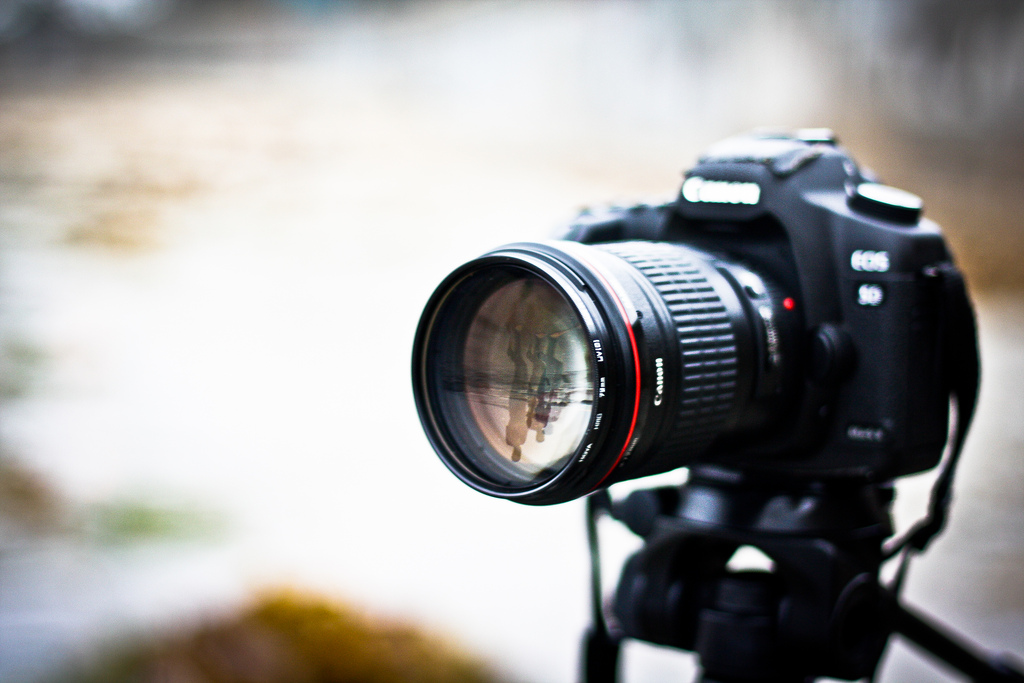Most people don’t realize that shooting a video isn’t as easy as writing a script and having it acted out. A lot of thought goes into video angle, filters, lighting, and more. Video camera filters are an essential tool needed to make people and scenery look good in videos. Here are five you need to own, and when to use them.
1. Ultraviolet (UV) Filters
UV filters remove UV light from the sun, but leave visible light alone. Videos are a lot more sensitive to UV light than the human eye. Without a UV filter, videos can appear blue tinged or washed out. Most of the time, you can add a UV filter as a protective film on your lens and use other filters along with it.
When to use it: When you are filming outdoors and there is a lot of sunlight. A sign that you need a UV filter is when all of your actors are squinting.
2. Polarizing Filters
Polarizing filters are similar to UV filters. They remove polarized light, which is uneven lighting caused by reflected light from the sun or other sources. With a polarizing filter, you get more saturated and vibrant colors in your videos. Typically, polarizing filters mount with a rotational adjustment to account for the angle of reflecting light.
When to use it: When faces appear uneven because of reflected light. Many photographers opt to always using a polarizing lens because of the effect on color saturation.
3. Neutral Density Filters
ND filters reduce hazy backgrounds created by the sun and other harsh sources of light. Essentially, they absorb light throughout the color spectrum to allow for more controlled lighting. The camera person can decide how much light to allow, based on the ND filter chosen.
When to use it: Anytime you have harsh lighting, such as outside in the middle of the day. Sometimes you need ND filters indoors when there are fluorescent lights or uneven lighting.
4. Diffusion Filters
Diffusion filters create a slightly blurred effect that can give faces a glow and remove wrinkles. You can use stronger diffusion filters to create a dream effect, too. Most of the time you won’t be using a diffusion filter, but it is good for certain effects.
When to use it: When you’re filming people and you want them to look younger and brighter.
5. Sepia Filters
Sepia filters change the color temperature of your video to a hazy, sepia tone. You can also get other color filters. For instance, an orange filter.
When to use it: When you want to depict historical scenes or flashbacks.
There are all sorts of other specialty filters you can buy, such as a star effect, fog, or various color corrections. You can even buy camera filters that graduated from one side to the other. However, the ones in this article are a great place to start if you are producing a video for the first time. Make sure to at least try an ND filter. Good luck with your video production!

